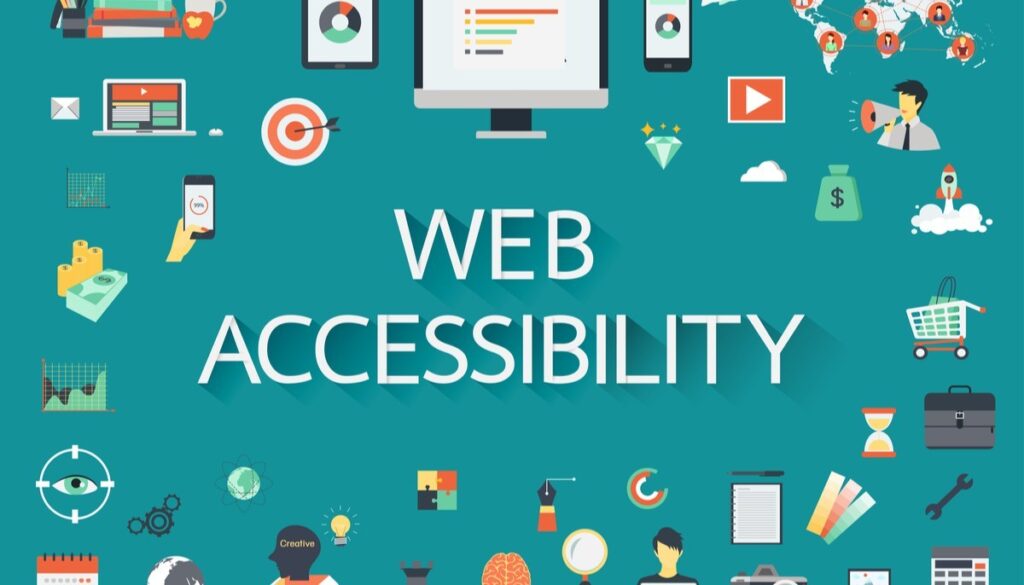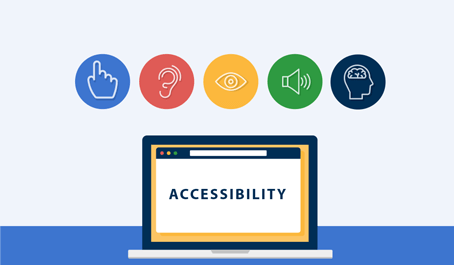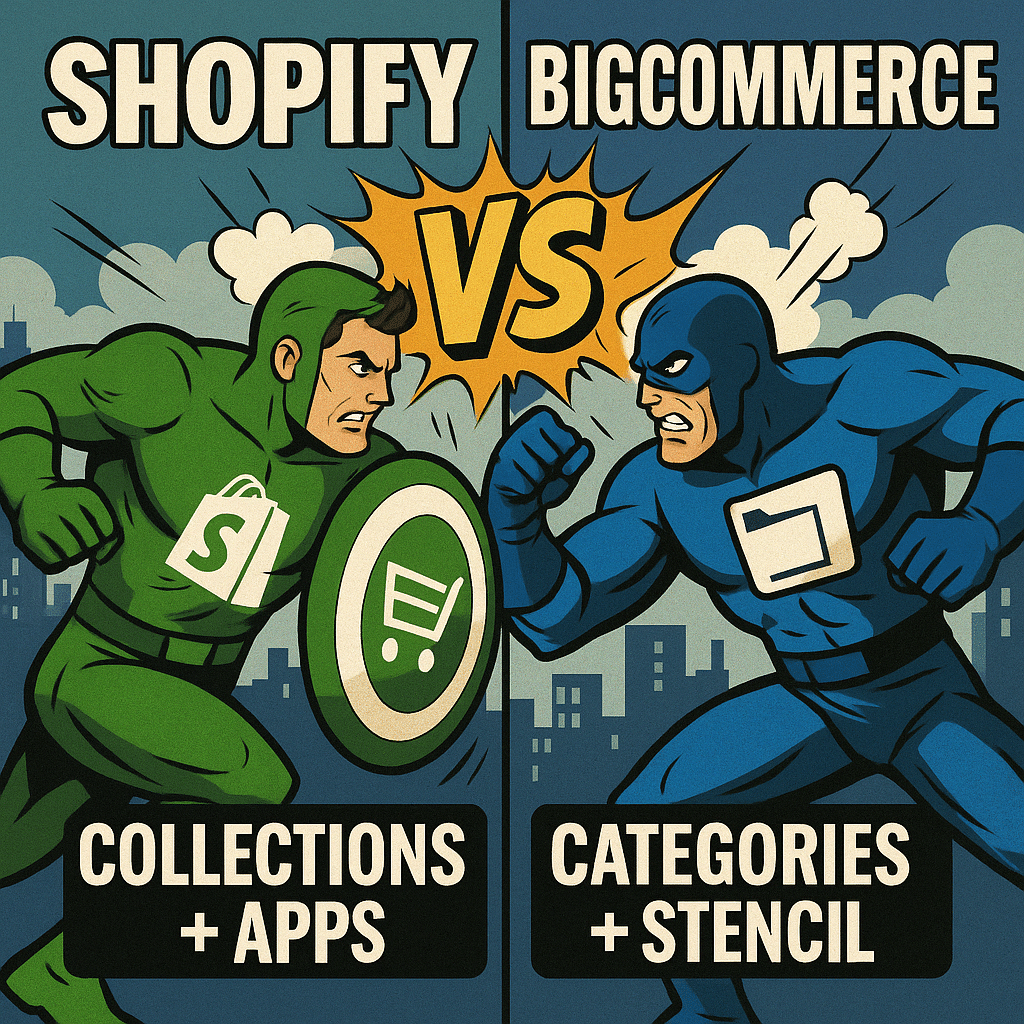
As a web developer, your foremost desire is to create a site that meets the wants and needs of your subscribers and users. The question is, have you ever denied users access to the very site you created, and within the process, probably bombarded them with annoying features? Sounds impossible to be true, but that is what happens when audio auto-play begins its sermon without prior notice, at the moment when the user is struggling to make meaning of the information on the site. As if that is not enough, the faulty color pairing of the background and other visuals is also there to get readers deceived, making them misplace a yellow colored dress for an orange one. What about people with various degrees of sight disability? Not a chance at all. That’s the exact moment when the user decides to exit out, leading to lost profits for businesses.
How important is accessibility?

Many countries have different laws guiding how accessible a website ought to be and for sites collaborating with eCommerce platforms like Bigcommerce, site accessibility is greatly handled because they understand the need. If at this point, you are curious to know how to make every user enjoys equal access to the content on your website, then continue reading ahead.
Try to make your site keyboard friendly.The first test of a site’s accessibility is scored by the ease of navigation. In making friends with the keyboard, you have to make sure your site has no relationship with the mouse, which means every command, like the movement from page to page, links and all forms of navigation should be possible with the “tab” key. As you know, assistive technologies only work well with keyboard navigation. Additionally, this will help all users not only including people with disabilities.
Remember to add alt text to images. After making the site keyboard friendly, the next area of concern is to give screen readers 100% access to your site. 100% access! How? By adding text to images as an alternative if the image fails to display. More so, the added text can be used to describe in clear details the information about the image, so that the message captured by the image is not missed by any site visitor.
Content has to be completely accessible. Other content on the site must be made accessible to your audience. Now, the assistive tools are not automatic to act on impulse, they respond according to the way that they are programmed. You may want to adjust your content but you don’t want a situation where your viewers visit, but can only see and read the contents that appear on the first load, while they miss the recent and probably most vital content. To prevent this, you need to prompt the assistive aids on the change as often as you update. In carrying the assistive tools along, you will employ the ARIA landmarks. If you are new to web development or just seeing this acronym and wondering what it means, ARIA are tags that are added to contents on a page and it serves to help screen readers know the contents when it changes. In improving accessibility, ARIA also helps users go directly to the exact content they want thereby saving them from clicking through every menu icon.
Other content on the site must be made accessible to your audience. Now, the assistive tools are not automatic to act on impulse, they respond according to the way that they are programmed. You may want to adjust your content but you don’t want a situation where your viewers visit, but can only see and read the contents that appear on the first load, while they miss the recent and probably most vital content. To prevent this, you need to prompt the assistive aids on the change as often as you update. In carrying the assistive tools along, you will employ the ARIA landmarks. If you are new to web development or just seeing this acronym and wondering what it means, ARIA are tags that are added to contents on a page and it serves to help screen readers know the contents when it changes. In improving accessibility, ARIA also helps users go directly to the exact content they want thereby saving them from clicking through every menu icon.
Remember to be careful with colors.
We all know that a website ought to be colorful and very attractive isn’t it? However, how careful can one be in handling colors when different people see color differently for obvious reasons? One user may see the sketchers as having a blue color while it looks greenish to another. What to do in this case is to make sure a white color is placed against a black text and also see that your site carries well contrasting colors so that people can differentiate and understand the details on your site.
You can also get help from color-test online aids like WebAIM and Contrast Checker.
Play down on automatic media and guides.Nothing irritates users more than getting interrupted by popup music and videos while trying to absorb information on a site. Most annoying are automatic sliders when a reader is not through fully digesting the content on one page. These elements are frustrating the accessibility on your page. Since the goal of the game is to build better accessibility to your pages, you will need to play down on these tools and every other site elements that take away the choice of users.
Proper Formatting
Headers always help too. Your next concern is to prevent your readers from getting lost and confused with the ideas on your page. In doing so, use headers to improve their understanding and flow.
Use tables with caution. You need to make sure illustrations appear only when and where necessary. Even if you know that particular information can be best explained when presented in tables, you will find it helpful reserving tables for tabular data if you care about users’ accessibility on your site. Limiting your use of illustrations will make it easier for assistive tools to improve your site’s accessibility. You can also improve your site’s accessibility by making use of online guides like W3 and others.
Make sure your links carry well descriptive names.
Forms should be accessibleYou have to label form fields properly, the labels must be strategically placed facing the respective field. Your information should be given in a clear manner that will enhance understanding and accessibility. To improve upon this, you can get accessibility tools like Caldera Forms builder to help when in doubt.
What are the legal concerns here?
Legal concerns vary per country but in the U.S, the American Disabilities Acts (ADA) frowns upon any form of discrimination against the disabled. More so, the World Wide Web Consortium (W3C) insist that people with disabilities should enjoy accessibility on websites. Additionally, the Web Content Accessibility Guidelines (WCGC) 2.1 demands that content sites must be perceivable, understandable, operable, and robust. So, you absolutely must ensure that all these tips are put to practice.
Having come this far, you can see that having an accessible website is important and can be achieved. So the days of fretting over poor responses from visitors are finally over, after you’ve grabbed a hold of these tips and tricks. Remember, you can make your site a welcome home for every user!

 Marina Lippincott
Marina Lippincott




